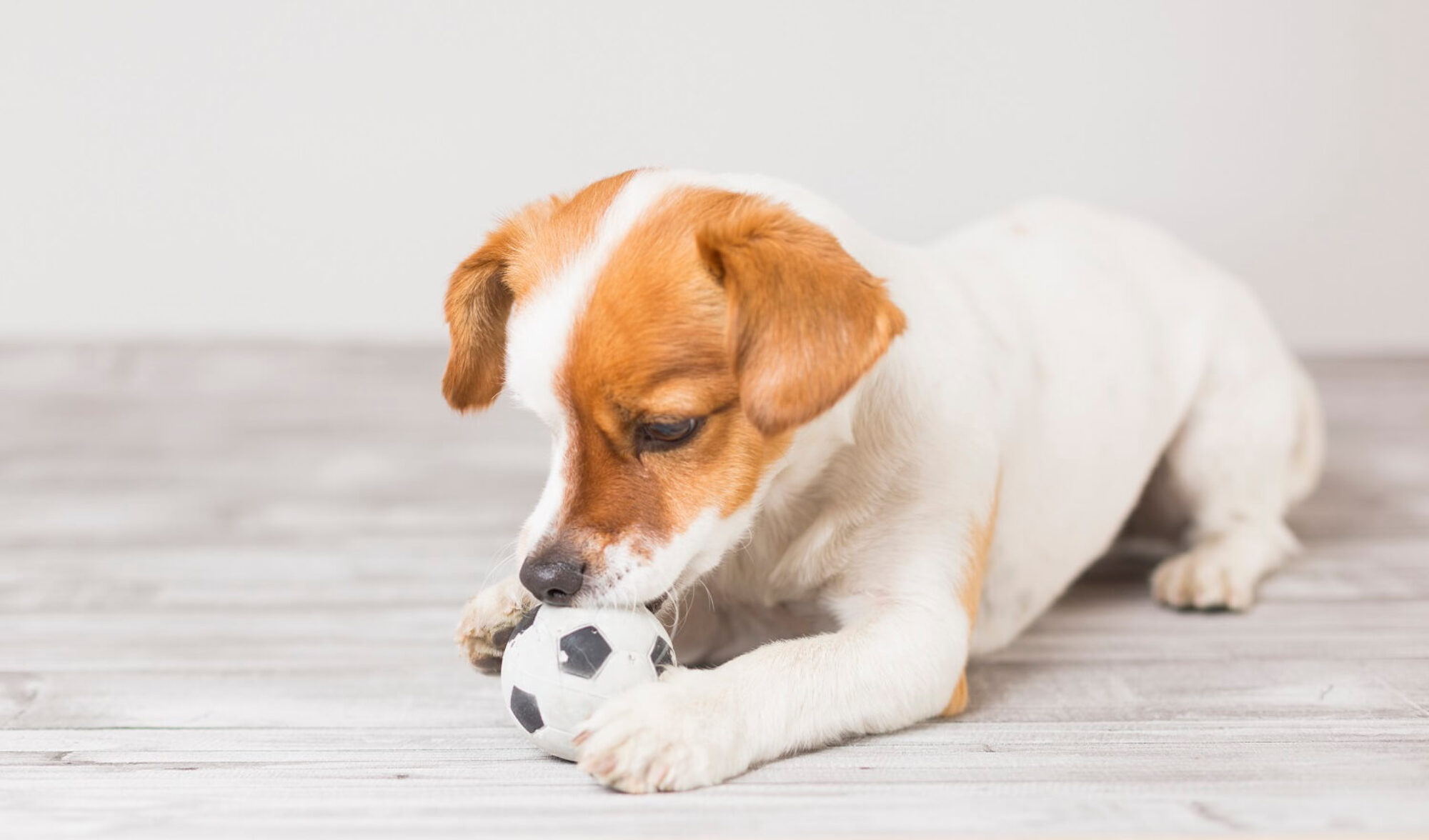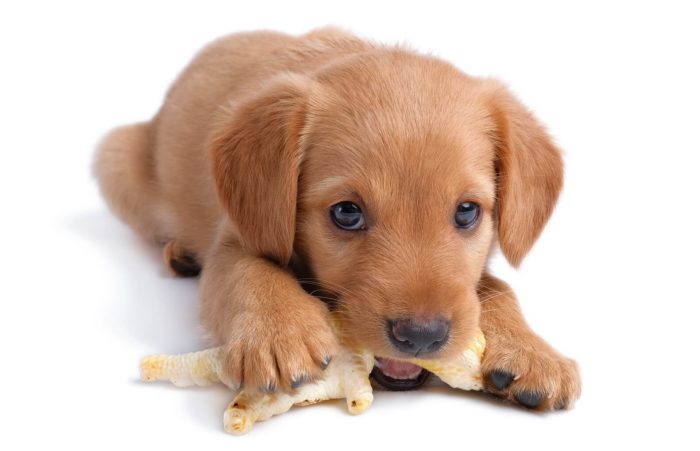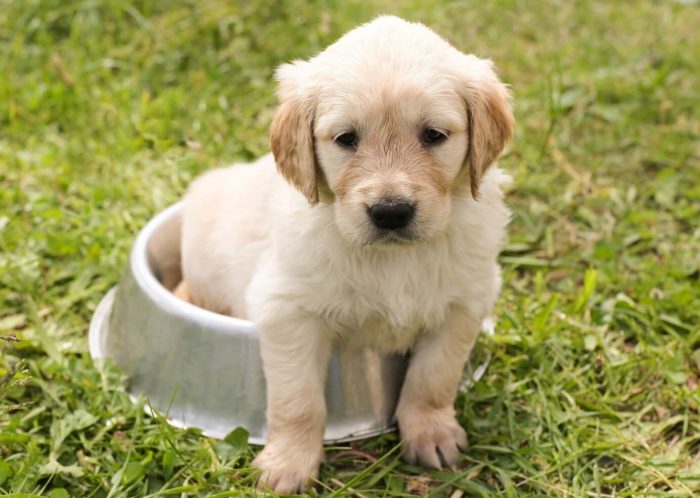How to train your puppy?
Changes from old style training
Training a puppy has moved forward in recent years with a change of focus from dogs being obedient to being well behaved.
What this means in practice is that traning a puppy to make good choices in given situations means that they learn to act in a way that we would like them to without the constant need to keep telling them.
New approach to dog obedience training
- When to start – puppies were often permitted to find their own way in their first weeks in their new home before training classes were considered. Working dogs, often left until they were several months old as was traditional. Research in recent years has shown that starting much earlier has huge benefits including preventing future behaviour problems. Training a puppy starts from day one!
- Life skills – The other big change to come as a result of the research was a move away from teaching the more usual behaviours such as ‘sit’, ‘down’ etc. in the first few months, to skills that allowed the puppies to learn how to be comfortable and to live in their new worlds and to make good choices.
- Default behaviours – the concept of puppies offering behaviours without being asked is very much part of the new approach. A ‘sit’ when a lead (leash) appears or keeping four paws on the floor when a person approaches are some examples of this. The cues can be a piece of equipment or the specific environment.
- Equipment – the importance of introducing new equipment such as collars and harnesses to puppies is as crucial as the choice of these items. The use of well-fitting harness and collars that are free from moving parts should be paired with good things to create positive associations. This will create puppies that willingly stand still and choose to put their heads into a harness or collar.
- Types of training – there are two options to choose from, clicker training or lure and reward. Both are positive and both work and people choose one or the other for a variety of reasons. There are also variations within these two options depending on the dog behaviorist or trainer you choose, their preferences and where they have trained.
- Well behaved – this is about teaching your puppy how you would like them to behave in specific environments or when specific things are present. For instance, you can teach them that when you sit at a table (in any environment) this is a cue for them to go into a settle mode. The cue is you sitting at a table rather than using a verbal cue. Adopting this approach means that when you take your puppy to a coffee shop and sit down, they will go into settle mode without further instruction. Well behaved dogs manage themselves – versus – obedient dogs who are managed by the owner (Ardern J 2020)
- Choice – science tells us that choice is an immensely powerful reinforcer and can be used very effectively in puppy behavior and training. This is particularly useful in training husbandry behaviours. Allowing the dog to opt in and opt out of a procedure, or to indicate when they need a break means that procedures such as nail trims can be completed with far less stress for the dog.
Training a puppy and commands, skills they need
Settle – this skill will teach your dog to be calm and settle in any environment. This will be started with associating settling on a mat with good things happening, gradually building the duration and then including a variety of locations.
Be alone – this skill is often overlooked by owners. Sadly, puppies do not arrive pre-programmed to being left alone. Including thistraining in your early education can save a lot of challenging & time-consuming behaviour modification later.
Resilience – exposing puppies under 16 weeks to a wide variety of novel experiences with positive consequences will build resilience. We should expect them to react to things that startle them, but by adding positive outcomes, we can reduce recovery time and increase resilience for the future.
Come back when called – perfecting this dog obedience training could ultimately be a lifesaver. It requires confidence from the owners and practice to progress this. Identifying what motivates your dog is the key. You are working alongside some powerful distractions such as a running squirrel or other dogs and battling innate prey drive. The consequences of returning to you need to be worthwhile and able to override these.
Making Good Choices – by rewarding choices our dogs make that we like, the behaviour is more likely to be repeated. Often good choices are not noticed by owners so are unacknowledged, however; behaviour that we are unhappy with tends to be noticed and some sort of interaction with the puppy is made. This inadvertently rewards the behaviour not wanted by giving attention. The result – the unwanted behaviour increases as it is being rewarded, and the behaviour we do like lessens as no reinforcement is given. A perfect example of this is settling down quietly when you are eating a meal. The puppy gets ignored even though he is making some great choices, but if he comes to the table constantly, jumping up, he gets reinforcement in the form of attention.
Walk on a lead – one of the skills many people struggle to teach their dogs. one of the skills many people struggle to teach their dogs. Starting from the outset rewarding a loose on puppy training leash lead and movement forward without pulling is a great place to start and you can work on building this skill in the house and garden. Young puppies often have issues with moving forward as well as pulling. This could be related to lack of confidence in the new environment, so building confidence will need to be part of your walks.
Social skills – being comfortable and having good manners around people and other dogs, including keeping 4 paws on the floor when meeting people. Dog to dog interactions should be kept short in the early days with frequent breaks and the dogs displaying appropriate play will be swapping roles, changing direction with neither taking control. Young puppies start to learn play skills with their siblings, and it is important that they continue to learn after leaving the litter with dogs with a mix of ages, size & breed.
Bite inhibition – Puppies bite, that is fact. They are exploring their environment, and this is how they do it. Whilst still with their litter, they start to learn bite inhibition, that is, how hard to bite. Their mother and siblings will let them know when a bite is too hard. Learning this skill and training a puppy continues when they arrive on your house. Mouthing can be a difficult and painful stage to go through with your puppy and the duration and severity varies from puppy to puppy. Re-directing teeth that are trying to bite parts of your body or grab your clothing onto a suitable toy is the best option to manage this. Avoiding clothes that move around like loose sleeves and trouser legs will help. Keeping footwear on will prevent toes being nibbled. Keeping calm when interacting with your puppy. As with all learning, reward appropriate behaviour.
Handling – this is where grooming and vet visits fits in. Conducting dog training classes, avoiding restraint and linking good consequences with handling procedures will not only make life better for your puppy but also make your care of them much easier. Using food mats for them to lick whilst grooming, stopping the process if they move away from you, waiting for them to re-engage and not doing too much in any session will all build towards a puppy that will enjoy grooming and be less stressed during vet visits. The Fear Free Happy Homes online free course will give you all the information you need to get started.
Choosing a trainer or dog behaviorist
What to look for & where to look
- A dog behaviorist and trainer using positive, science-based training methods
- Recommendations from other puppy owners
- Trainers with accreditation with professional bodies such as the Karen Pryor Academy (KPA-CTP), Association of Pet Dog Trainers (APDT), Institute of Modern Dog Trainers (IMDT). These are some examples but will vary from country to country.
- Trainers with science-based animal behaviour degrees
- A trainer that tells you where they learned their skills rather than someone who has just owned dogs all their lives
- Visit a dog training classes and see how the trainer teaches
- A trainer who regularly updates their knowledge & skills
Good resources
Books
And our Tromplo courses of course! Check more here: www.tromplo.com/courses
See also other posts:
June 30, 2023
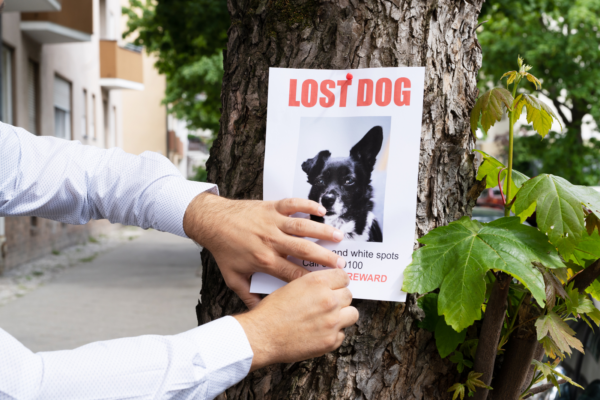
Get Your Lost Dog Back Home Quickly: Follow These 12 Tips for Success
Vacations favor more frequent and longer walks with our furry friends. We travel, visit new places. Summer makes us loosen our brakes and allow our…
June 30, 2023
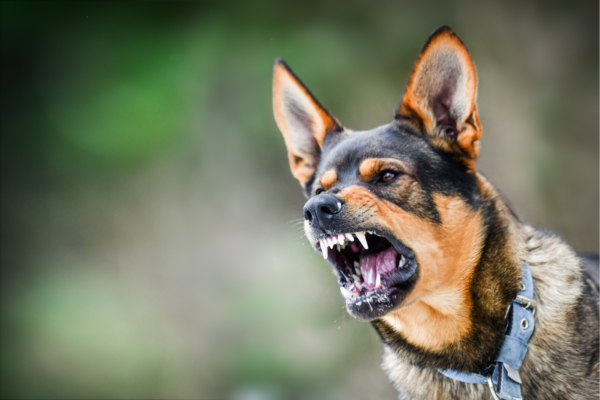
Managing Aggressive Dog Behavior: Tips for Peaceful Living
Living with an aggressive dog may seem challenging, but it can be peaceful and manageable with the right approach. One key aspect is to remain…
June 30, 2023
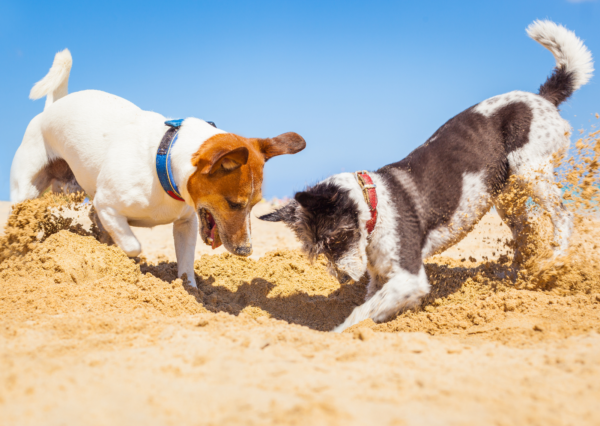
Unlocking the Secret to Successful Puppy Socialization: Quality over Quantity
Today, although the topic is very important, I will keep it brief. Socialization is a topic that could fill books or scientific papers. However, today…

